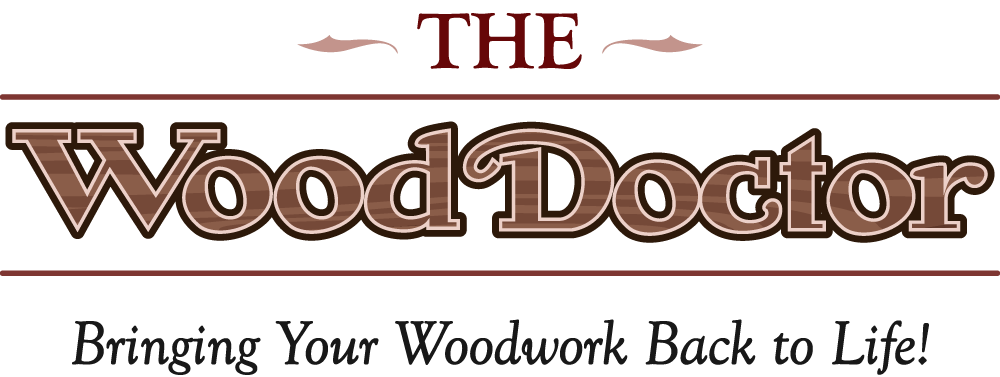Wainscoting is Back in Style!
Wainscoting is a raised panel applied to the lower half of the interior walls, originally used for room insulation and damage protection. Wainscoting dates back to many centuries and was a widespread trend around the eighteenth century owing to its benefits and importance. Earlier, it was used more as a functional design than decorative. It had periods of heightened popularity, but slowly, the trend of wainscoting became less effective for the new generation homeowners.
The good news is that thanks to reality remodeling shows, wainscoting is back in style and is now more effective than ever. These days, it is used as an ornamental wall accent designed to make an area look visually more appealing.
WHile floor-to-ceiling wainscotting isn’t as popular as it once was, it offers a rich, beautiful look that reeks of opulence.
Uses
You can use wainscoting in any part of your home including the kitchen, living room, dining room, bathroom, stairways, entrances, and hallways. In bathrooms, you can use it as an alternative to wall tiles. It is best for rooms subjected to wear and tear. Contemporary wainscoting designs offer charm and sophistication to modern homes. It is sought after by modern homeowners for its attractiveness and practicality to enhance the architectural beauty of a home. There is more to wainscoting than just a decorative accent. In high traffic areas of your home, it protects the lower half of the walls from bumps, abrasions, and scratches. It is a cost-effective method to conceal various flaws or unappealing features like cracked plaster, water damage, or dented plasterboard, the kind that you might not hide with a fresh coat of paint. Also, it is very simple to deal with any wainscoting damage. If you intend to install wainscoting, cover the bottom 3-4 feet of your interior walls.
Material
Traditionally made of oak wood, wainscoting is now accessible in several materials. You can use almost any wood for wainscoting depending on your budget. Wood wainscoting is versatile and can be cut, stained, and painted for desired finish. Wood paneling is best for the bathroom and kitchen as it is water-resistant. Wainscoting made from ceramic tiles is used in bathrooms or other areas prone to moisture as they are non-porous and easy to clean.
Vinyl is a good alternative for traditional wood and best suits households with young children. It is durable, easy to clean, water-resistant, and does not discolor.
Plastic wainscoting can be made to look like wood and is a good option for moisture dense spaces. Unlike wood, plastic wainscoting will be free from rot, warping, and mold and mildew growth.
Wainscoting made of medium-density fiberboard (MDF) sheets is cheap and effective and is best suited for spaces with minimal moisture.
Styles
There are five main styles of wainscoting: raised panel, flat panel, overlay panel, beadboard, and board and batten.
Wainscoting is a great investment for your home and the cost will largely depend on the material it is made from and the panel used. Whether you are looking for ways to add a unique style to your new home or freshen up and add value to the old one, wainscoting is the best choice. There are limitless, fully customizable wainscoting options to match every décor. Style your plain interior walls with decorative trims ranging from traditional to chic for a sophisticated and aesthetically pleasing look.
The Wood Doctor serves the Portland area with quality kitchen cabinet painting and framing, windows, wainscotting, and more. As restoration experts, we aim to update your old wood features with a fresh, new style. We minimize the environmental impact using eco-friendly products and techniques. Call today for an estimate.

